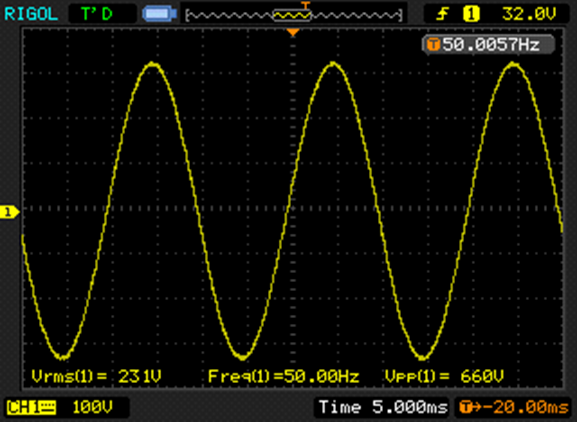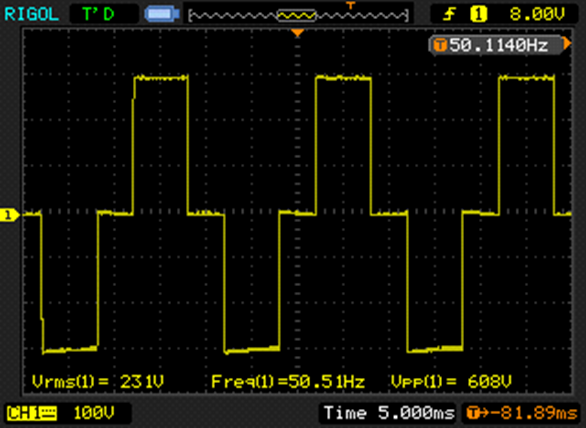Pure and Modified Energy Conversion - Inverter Knowledge
--EDECOA
What is a pure sine wave inverter?
This type of inverter produces very precise frequencies and voltages. It outputs a waveform that is essentially the same as, if not better than, that of the mains grid, and is therefore theoretically suitable for all AC load applications within the power range.

What is modified sine wave inverter?
Modified sine wave is generated by iterating the square wave voltage in steps. Modified sine wave inverters have been widely used in user groups that do not have very high requirements on the quality of power consumption, and it can satisfy most of the needs of power equipment.
However, it has poor ability to carry inductive loads and is not suitable to carry pure inductive loads, the noise will be a little bit bigger when working and easy to be damaged.

Modified Sine Wave or Pure Sine Wave inverter, which is better?
Cost
Pure sine wave inverter can provide high quality AC power, suitable for most of the electrical equipments, with high requirements on control chip and maintenance technology, and higher cost.
Efficiency
Modified sine wave inverters have a time interval between the positive maximum and negative maximum of the output waveform, which is an improvement in use, but the corrected sine wave is basically made up of dashes, so this inverter has less continuity and is not as efficient as a pure sine wave inverter.
Interference
Modified Sine Wave inverter meets the needs of most electrical equipment, but it still has 20% harmonic distortion, which can cause problems when running precision equipment, and it can also cause high frequency interference with communications equipment.

To summarise
Pure sine wave inverters are good quality and high performance, which simply means that they have a stable output and can better protect your mobile devices such as smartphones, cameras, game consoles, tablets, car fridges, LED fill lights and more.
When choosing an inverter, you must make sure that the starting power of the appliances you use is lower than the rated power of the inverter. This is because the inverter loses some of its energy during operation. For example, if an inverter inputs 100 watts DC and outputs 85 watts AC, it will have an efficiency of 85 per cent.
We would love to hear from you.
Post time: 11-01-2023